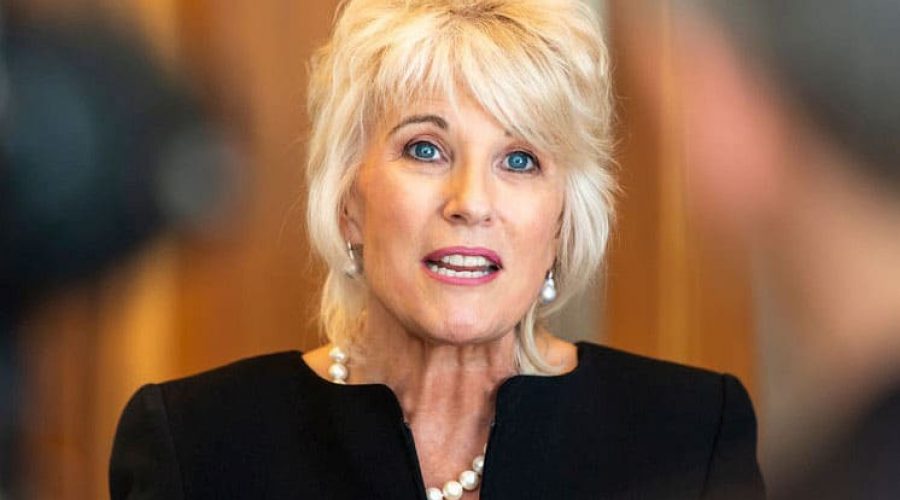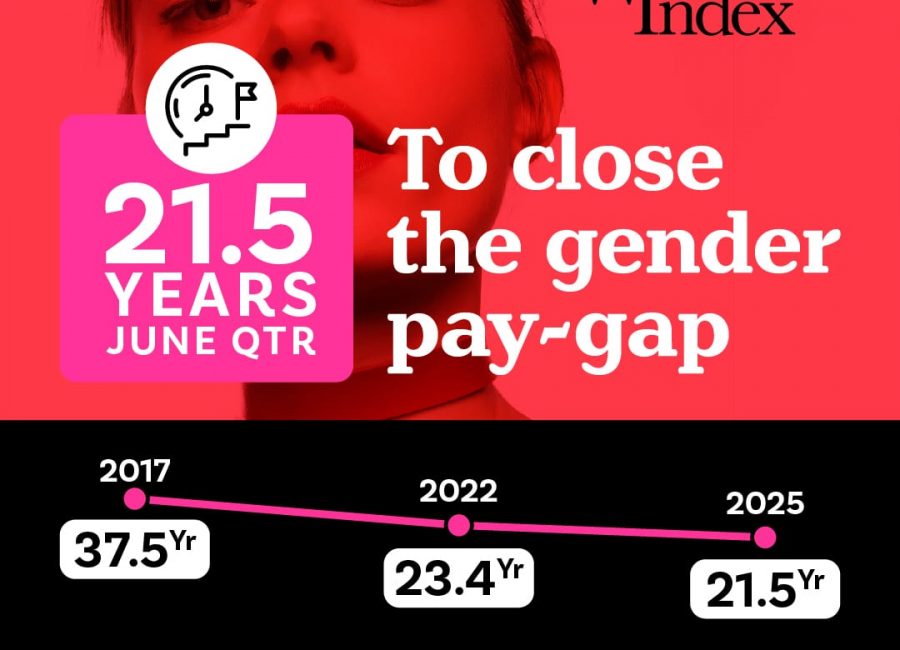“It appears to me that Australian employers are on autopilot when it comes to improving gender equality,” that’s the words of Libby Lyons the director of the Workplace Gender Equality Agency.
Speaking on the release of today’s Workplace Gender Equality Agency (WGEA) data, which focuses on the 11,000 organisations with 100 employees or more that report to the Agency on gender equality, Ms Lyons has expressed her disappointment at this year’s results.
“Even before the COVID-19 pandemic hit, I was concerned that Australian employers had become complacent. The modest rate of change in last year’s results suggested they were in the grip of ‘gender equality fatigue’.
WGEA data shows a substantial 6.1 percentage point decline in the number of employers taking action on pay equity and women continue to dominate the more insecure part-time and casual roles.
“I’m now very disappointed that almost nothing has changed this year,” says Ms Lyons. “The issue is clearly not receiving the necessary attention to drive further change.
In some slightly better news, the gender pay gap for total remuneration among the companies with more than 100 employees that report to WGEA, improved 0.7 percentage points (pp) to 20.1% with men still out-earn women on average by $25,534.
By contrast, the national gender pay gap as measured by looking at average weekly full-time earnings data obtained by the Australian Bureau of Statistics (ABS), currently stands at 14%, up from 13.9% at the start of this year.
Other than the small improvement in the gender pay gap, access to flexible work increased and over 50% of employers now offer paid primary carer’s leave.
This year’s dataset offers a comprehensive snapshot of private sector employment as it was just prior to the imposition of COVID-19 restrictions. It provides an important benchmark for comparison to next year’s dataset, which will capture the full impact of COVID-19 on Australia’s private sector.
“I recognise that 2020 has been a very challenging year for employers and I appreciate their commitment to continuing to report their data, despite the upheaval and disruption caused by the COVID-19 pandemic,” said Ms Lyons.
“It means that we have an unbroken, world-leading, seven-year longitudinal dataset which is immensely important in measuring gender equality outcomes in Australian workplaces.
“The most disappointing result is the reversal in action on pay equity. This year, there is a decrease of 6.1 percentage points in the percentage of employers that took action to close their gender pay gaps. Just 54.4% of employers who did a gender pay gap analysis took action to close the identified gaps.
“This trend must not continue. Experience tells us that when employers measure their data, identify the problem areas and take action to address them, the pay gap closes.
“Our data also revealed further concerns. I always welcome an increase in the number of female CEOs and board directors but we are still decades away from achieving gender balance at the top levels of leadership. Progress on this issue remains glacial.
“There were some positive developments. For the first time since we started collecting data, over 50% of employers now offer paid primary carer’s leave to their employees. Women’s promotions and appointments to managerial roles continues to rise with women now comprising almost four in 10 managers in our dataset. I was also pleased to see another strong increase in employer action on family and domestic violence.
“Access to flexible work also improved. More than three-quarters of employers now have policies or strategies to promote flexible working. The COVID-19 crisis has proved to Australian employers that they can trust their employees to work flexibly and still be productive. Employers must now make flexible work an essential, mainstream practice in their workplaces.
“Our data shows that women’s working experiences and conditions are very different to that of men. Women have more precarious employment circumstances, dominating part-time (75.1%) and casual (56.3%) roles.
“As we move into the post-COVID recovery phase, we must make sure that women’s workforce participation is not sidelined. Our economic recovery depends on women having equal access to secure full-time jobs.
“I know and appreciate that Australian employers are likely to encounter more challenges and disruptions in 2021. However, I urge all employers to redouble their efforts and action in driving better gender equality outcomes in their workplaces and to ensure that they submit reporting data to the Agency next year. Gender equality is not just a human rights issue. It is good for business and integral to our economic recovery,” said Ms Lyons.
Join the Financy social communities that support achieving fearless economic equality on LinkedIn and Facebook or follow our official pages on LinkedIn, Facebook, Instagram and Twitter.












